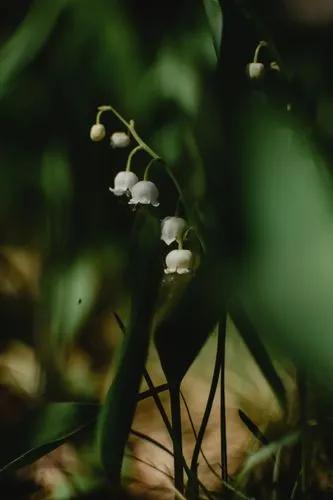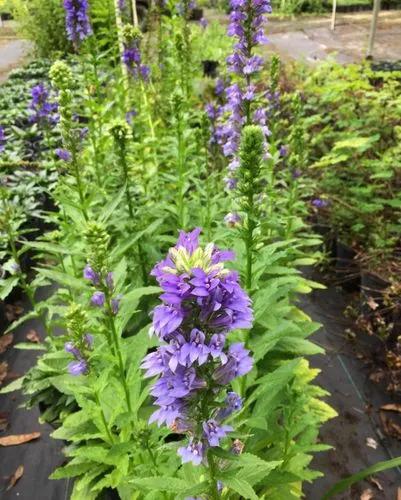Brought to North America as a medicinal herb, used particularly for ailments of the heart and nervous system.Oppositely arranged along the stem; shape is variable, palmate or hand-shaped, with 3 or 5 sharply-pointed lobes, deeply toothed and veins are conspicuous along upper surface -lipped and about 1/3 in long, tubular green calyx has 5 lanceolate teeth, small; tubular, pink or purple in color, generally hairy or fuzzy.Plant contains 4 nutlets that are 3-sided and reddish brown or brown. Native to central Asia. Found in disturbed woodlands, areas along woodland paths, woodland borders and thickets, edges of degraded wetlands, edges of yards underneath trees, and partially shaded fence rows.
Motherwort Care
Leonurus cardiaca



Clusters of stalkless flowers surround the stem at the leaf nodes in the upper part of the plant. Individual flowers are pink to lavender, tubular, about 1/3-inch long. The upper lip extends out, its outer surface densely covered in long, white hairs. The lower lip is a darker purplish color, narrow and folds up lengthwise. Purple-tipped stamens and a white style arch along the inside of the upper lip.The calyx is green to purplish, hairy, with 5 sharply pointed lobes.eaves vary in size and shape as they ascend the stem and have prominent veins. The lower leaves are deeply lobed in 3 to 5 parts with large teeth and often resemble maple leaves, up to 5 inches long and nearly as wide, on long stalks, and are somewhat hairy. Leaves progressively become smaller, the lobes and teeth less deep; at the top of the plant they are usually narrow, unlobed with a few widely spaced teeth. Stems are square, variously hairy, and mostly unbranched except in the upper plant. Plants create colonies from spreading rhizomes.The calyx persists through winter and turns brown and quite stiff when dry, the lobes becoming rather sharp to the touch. Inside are 4 1-seeded nutlets.
This plant is useful.
How to get rid of: While it is helpful to keep this herb watered well while it is young, once established, it is hardy and drought tolerant. Even better, it is also very rarely affected by pests or disease.
Motherwort is a vigorous grower, and care must be taken to ensure that it doesn’t spread more than desired.
To prevent self seeding, cut foliage back to 3-5 inches after flowering and before the seeds have a chance to mature. This keeps the plant from going to seed and spreading everywhere.
How to Care for the Plant

Popularity

906 people already have this plant 202 people have added this plant to their wishlists
Discover more plants with the list below
Popular articles






